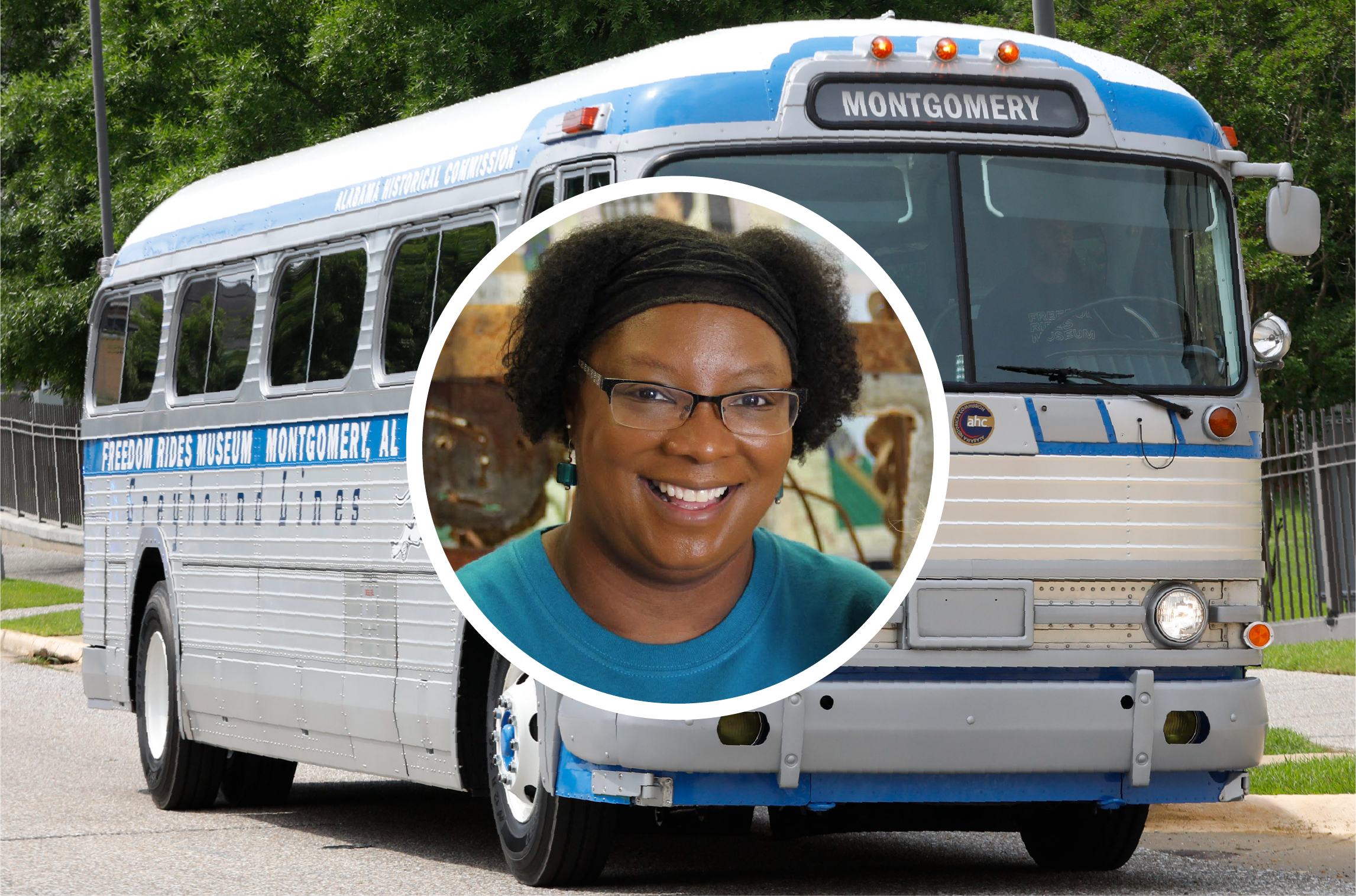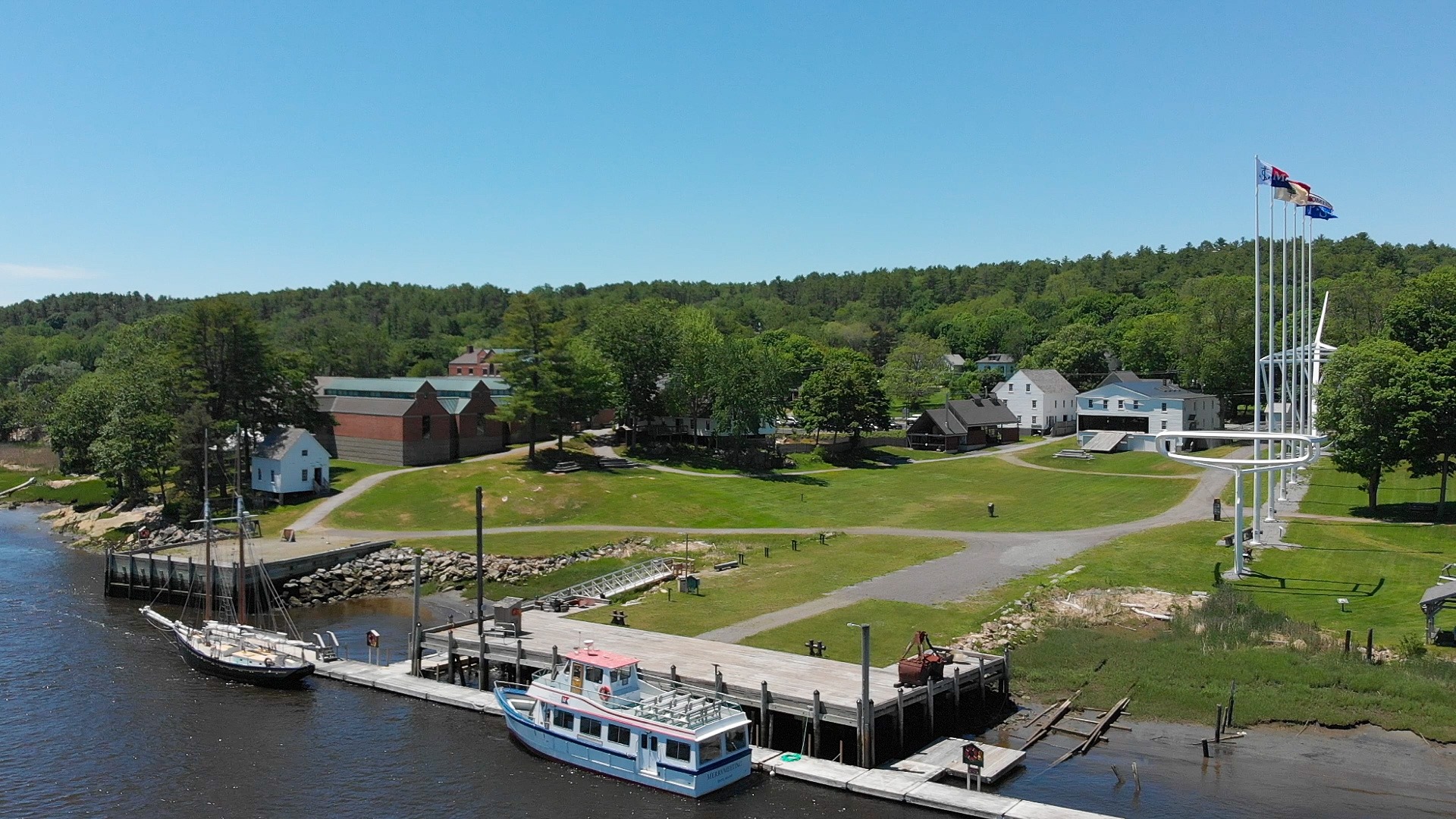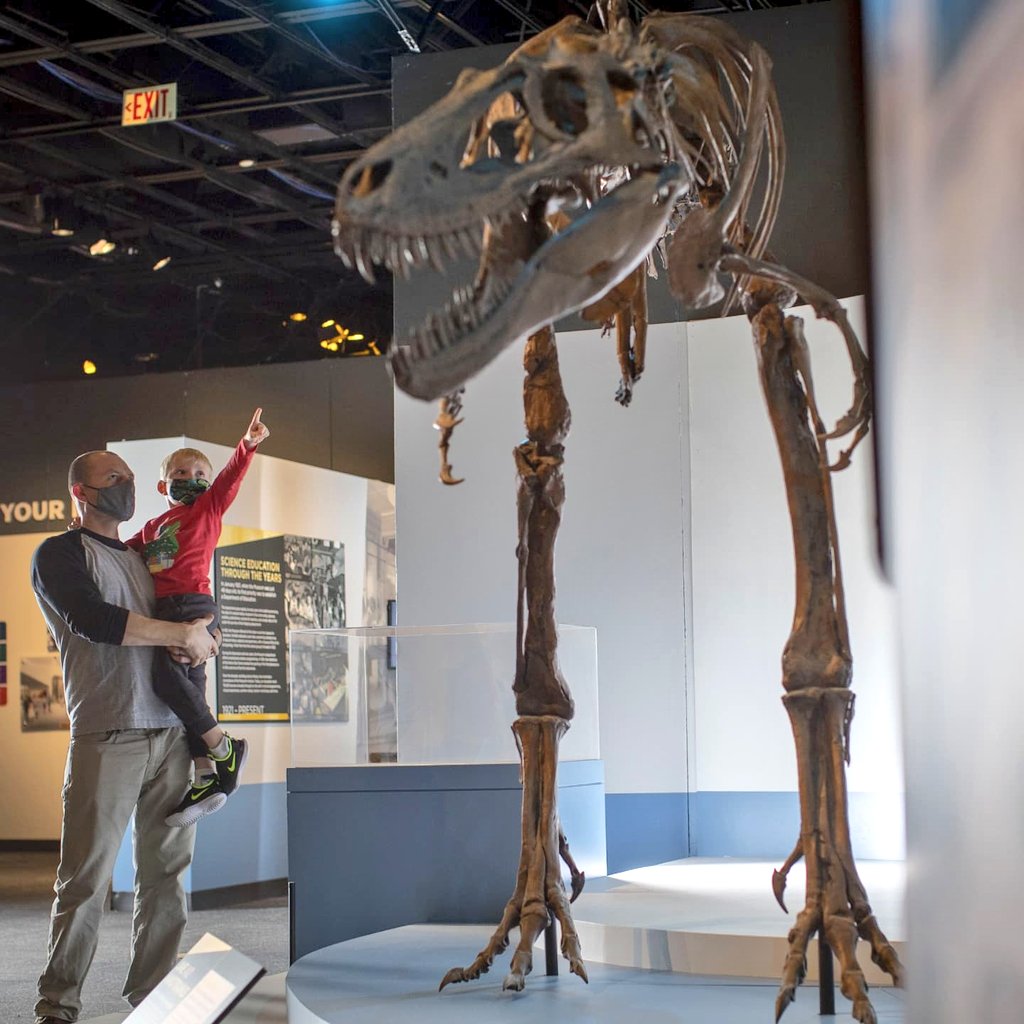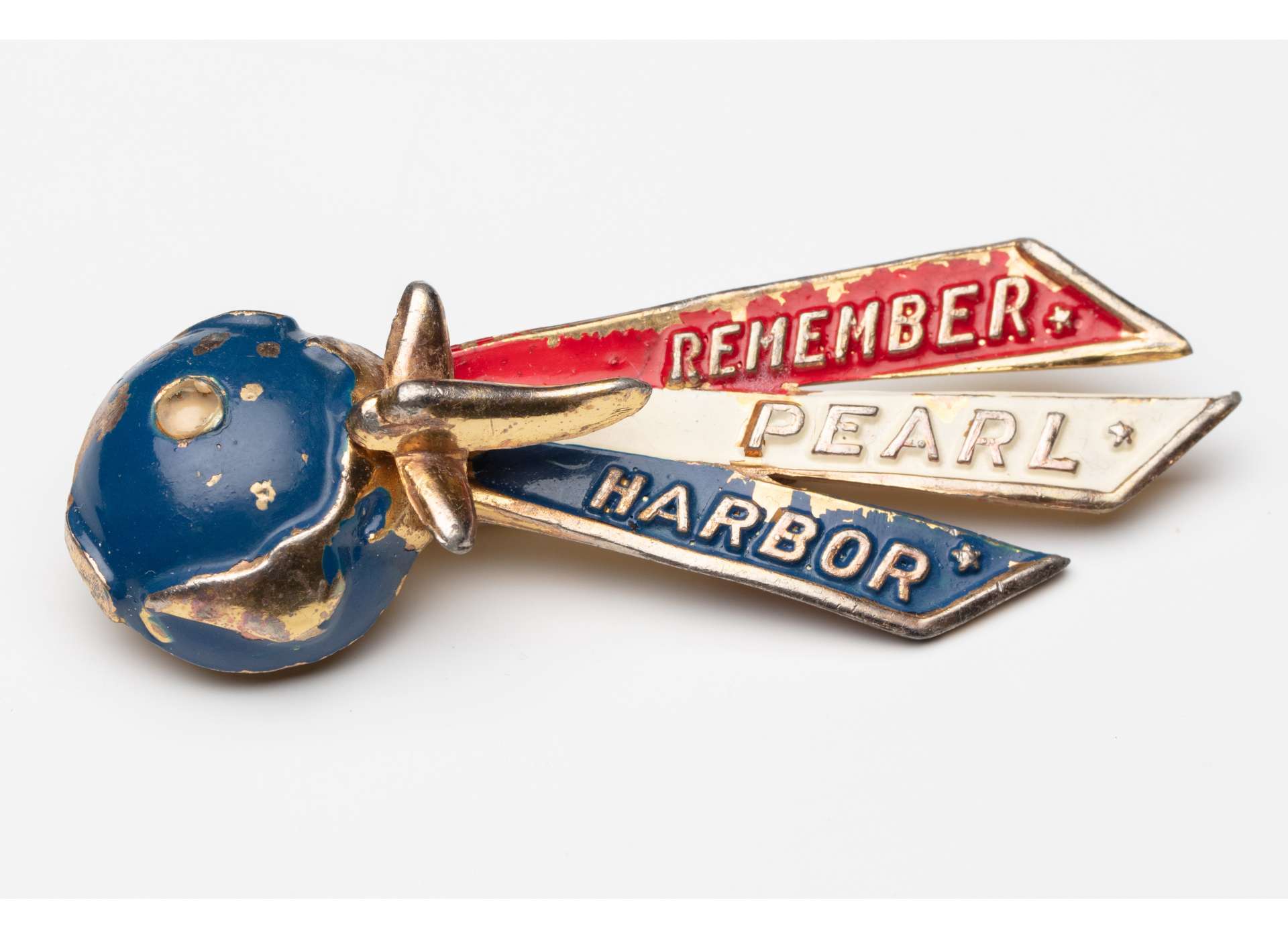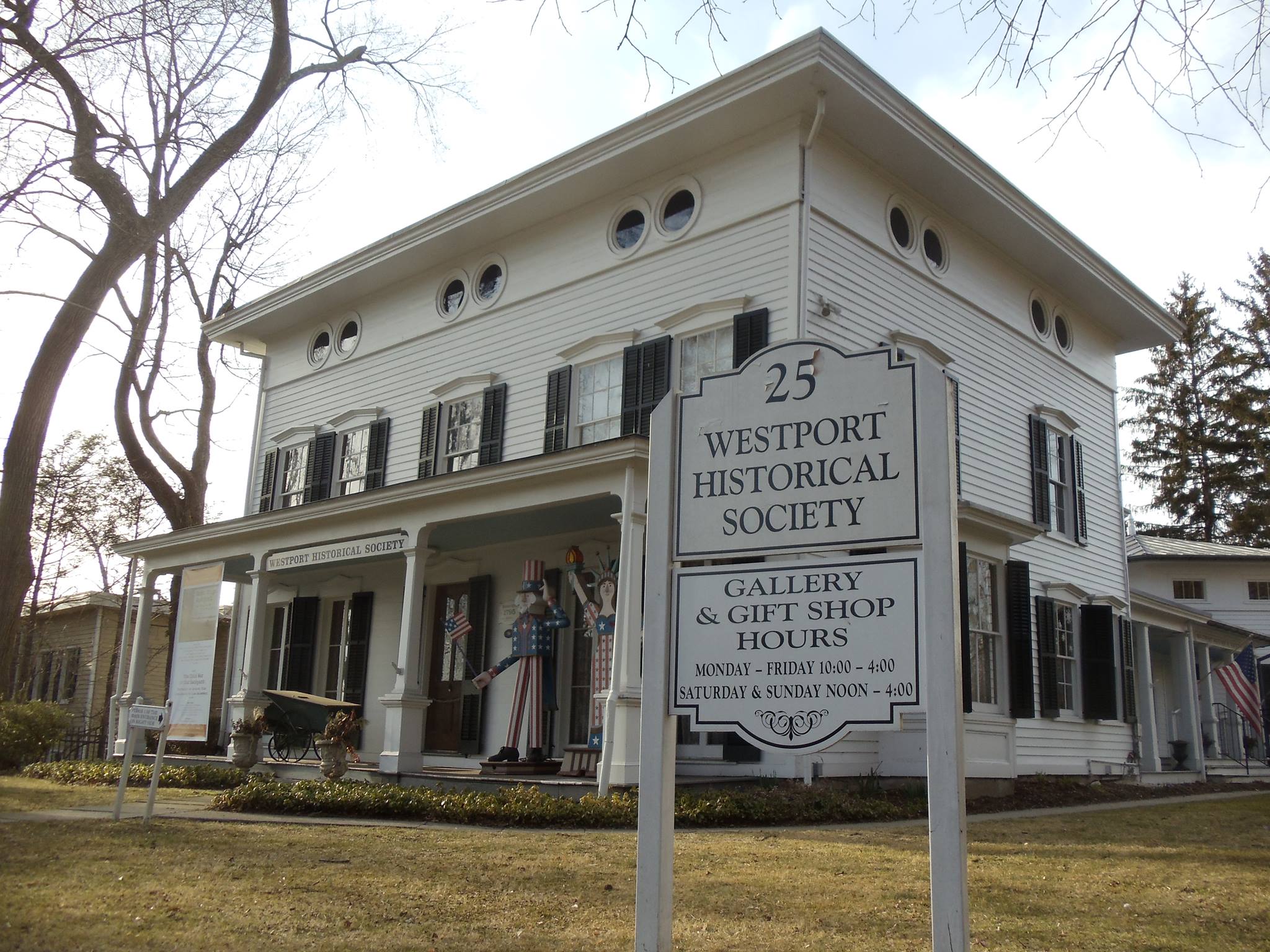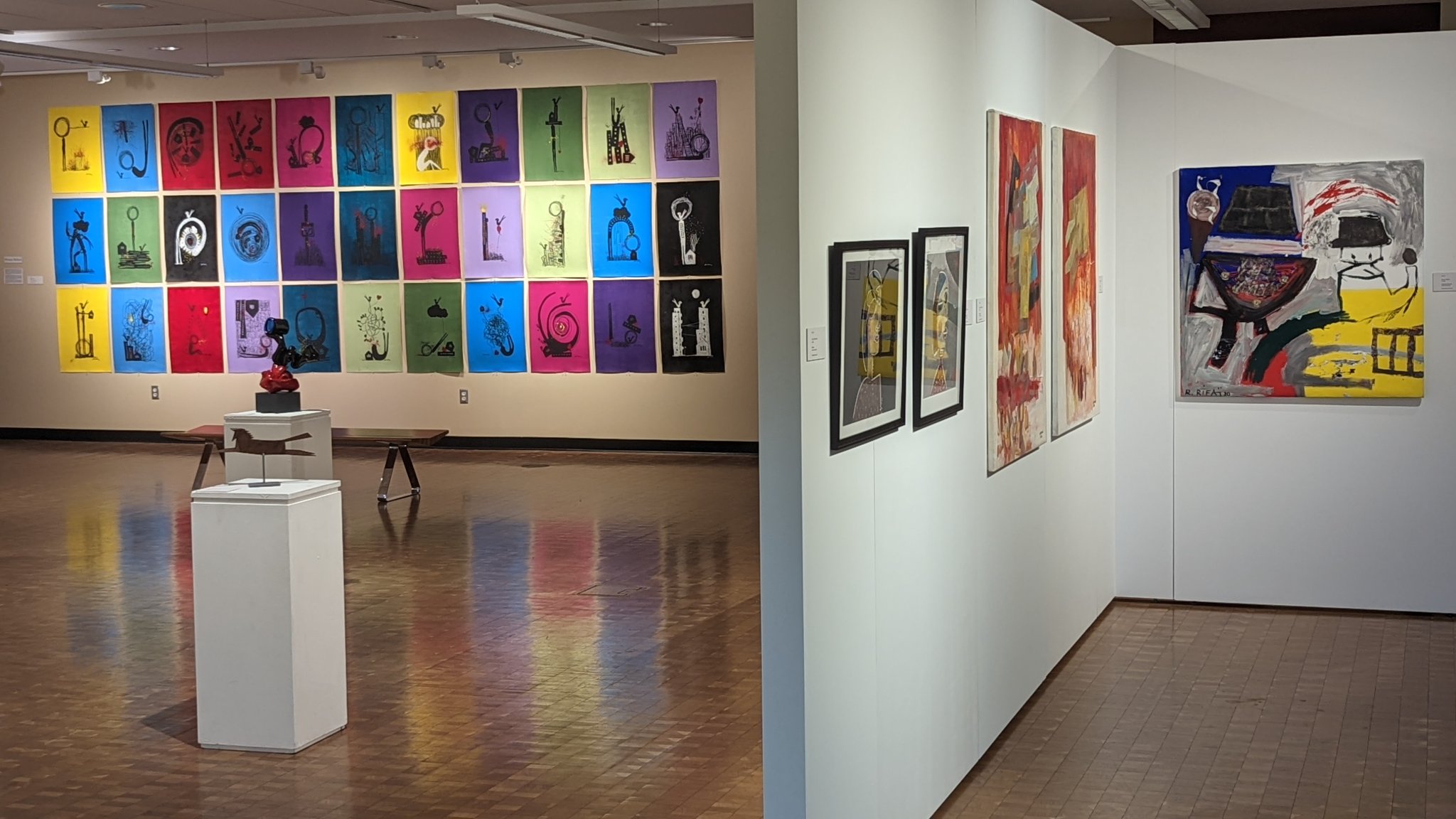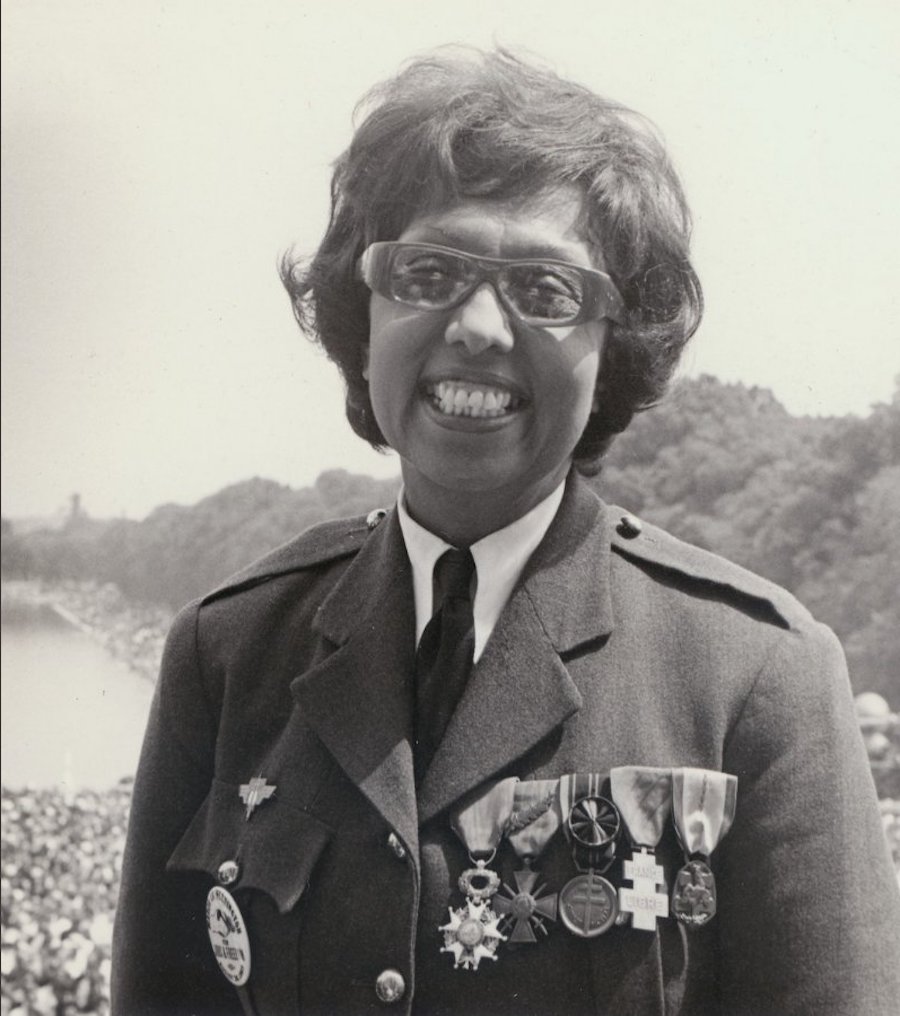Terry Bragg, Battleship North Carolina
Captain Terry Bragg assumed his position as the Executive Director of the Battleship North Carolina in March 2009. A native of Jacksonville, North Carolina, he earned his bachelor’s degree from Appalachian State University before continuing his graduate studies at the Naval Postgraduate School in Monterey, California. He spent 30 years in the naval services, across several ships, and was a surface warfare officer with sub-specialties in financial management, procurement, and anti-submarine warfare. We spoke with him in July of 2021.

What is something that you think people, even people who live in North Carolina and grew up knowing about the Battleship, might not realize about it?
The state of North Carolina has a very large network of museums, zoos, aquariums, and what people don’t recognize is we’re the only zoo or aquarium or historic home in the state of North Carolina under the state’s authority that is 100% receipts-funded. The fact that this massive 40,000-ton battleship is here is because the nickels and dimes were raised in the early 1960s to bring the ship here and people come here and gladly visit. I think that is the number one point of confusion is that their support is essential to our success.
Also, we are a family-oriented attraction and not a war machine. Our message—our mission—is not to perpetuate war, but along the way, you do get to see some interesting technologies and demonstrations. We have the oldest computers in the state of North Carolina here on the Battleship. Now, most people just would not have a clue about that, but we have some of these analog computers opened up so you can see the complexity. Those are the kind of things you discover: how complex it is to live in such compact quarters, the technologies of the day, the relationship between the men and their families. That’s all very important to us, and I think people are fascinated by that.
How have you adapted to COVID?
We were closed due to COVID last year, re-opened partially to open-air visitation, and then in the winter, fully opened and operated in a very, very diminished visitation level, approximately 55% from the winter into the early spring. What sets the Battleship apart from the other historic sites in the state of North Carolina is that we are what’s referred to as an enterprise of the state.
That means we are 100% receipts-funded. All of our employees, all our store merchandise, all the maintenance of the ship, electrical, utilities, everything is generated through receipts. So, fortunately, we had a strong financial reserve. We called on that reserve for those months we did not make our bills or did not make receipts to cover our bills.
In April, visitation and store sales completely transformed what we did. We went from running about 55% operations as compared to last year to the best April in ten years. And then May was the best in four years, June was the best financial June in the history of the Battleship, and July will be the highest visitation in ten years.

Why do you think you’re seeing such great visitation numbers this year?
We’re a reflection of the beach community, coastal travel, and tourism industry. All the beach communities have been very busy. We have very closely monitored and followed the state’s COVID policies. We’ve created a reasonably safe environment where others have not. They have not imposed or monitored mask safety for their employees, safety for the visiting public, and I think that that has shown up in visitation.
We are a pivotal travel and tourism site for the area. We are the number one attraction according to Yelp and Travelocity and others, so we’ve always had a strong reputation. With the beaches full of people, they need to do something other than just getting sunburned so then they come to the Battleship. I think it’s a reflection of partnership and of how successful the beach communities are, but the Battleship does bring people, 66% of our visitors, from greater than two hours away. So we are an attraction drawing people from Raleigh, Myrtle Beach, Charlotte, just to see the Battleship as well.
Did you guys engage in any digital programming?
Yes, we did. We’ve always had a strong online presence. We have done some audio work and made it available to the public. And I wouldn’t say that the digital, the audio side has carried the day, but it’s been a nice addition to our message. We are the state of North Carolina’s memorial to the 10,000 North Carolinians who served and died during the Second World War. We’re also a recognized attraction, and then we’re a center of education. So, we’ve tried to feed all those events, all those taskings with our offerings from social media, online, and then physically here visiting the ship.
Have you used this time to take on any new projects?
Maintenance never stops at the Battleship North Carolina. A year ago, in July, we signed a contract to conduct hull repairs on the Battleship and this is really a culmination of a tasking from the US Navy that was established in 2009. We had a company come in and cut steel and replace steel on the ship, a multi-million-dollar project. That kicked off last July and it just finished this July [of 2021]. While the visitors are enjoying the ship and our walkway around the ship, we continue to work with our contract to do a strategic investment of the ship and its long-term life. We were able to keep doing what we’re doing and had no loss of rhythm.

What are some of the things that you think make the Battleship so successful and make people want to keep visiting?
The Battleship North Carolina is considered the hallmark ship of the 175 historic ships around the world, as a true snapshot in time of the Second World War. Many of the other historic ships have been modernized or butchered or compromised in some shape, manner, or form, where we work very hard to maintain the patina, the original colors and structures, and metal technologies. We work hard to keep that patina consistent and reflective of the Second World War and I think people appreciate that.
What is your vision for the future of the Battleship?
The Battleship has been in a renaissance for the last three or four years. We built a new dock that allows service from downtown boats to bring visitors to the ship. We built a $3.5 million walkway dedicated to veterans around the ship, courtesy of the State Employees Credit Union Foundation. We just finished hull repairs, as I mentioned, which is a project that I started with concept and design and fundraising in 2009. We’re getting ready to do a million-dollar repair of one of the main masts that was damaged during Hurricane Florence.
But the real wolf on the doorstep is dealing with climate change. I’m feeling very good about the ship. The last big hurricane was Hurricane Florence and that damaged our visitors center, but $2 million of insurance proceeds helped us to build it back at a state-of-the-art level of resilience. But we still have flooding in the parking lot, we still have flooding in the river, we’re still subject to hurricanes and high moisture levels. And the number of flooding events has increased here at the Battleship since 2015.
So, we established an initiative we call “Living with Water” to raise the elevation in our parking lot, to upgrade our drainage systems, to build a living shoreline, a constructed wetlands all to deal with the current flooding that we’re experiencing as well as future climate change-based flooding and water levels that could compromise the business of the Battleship as an enterprise.

Obviously, the Battleship attracts visitors who are WWII veterans. Sadly, in the future, there will be fewer of them with us. How do you think this will impact the Battleship?
You’re correct. The number of veterans is declining and that’s one of the things that I decided to focus on when I first got here. I’m a 30-year retired Navy captain, and programming to focus on the veteran was not a good path. We love our veterans, we support our veterans, we give special pricing for our veterans, but we pivoted to be more family-oriented. In signage, we added not only a perspective for men, but a perspective for women. Men like to see the guns and the horsepower and the armament. The women want to see the living at sea and the city at sea, and the behind-the-scenes preparing the meals and taking care of the children and families back home, and the Navy bands and such. So, we’ve diversified from “we shoot stuff” to family-oriented programming, which is much broader and more supportive of the family experience, and that’s working for us.
What do you see as the role of the Battleship in the Wilmington community?
The Battleship North Carolina is truly an economic engine for the community with paid visitation well over 200,000, and total visitation pushing 300,000 in a typical year, though not necessarily in 2020. We bring people to the Wilmington community, and they spend money. I think that that is going to continue, and many people recognize that. Many museums now are challenged to keep people interested and, unfortunately, many of them just become repositories of old stuff, where modern museums have a story to tell, and that story really engages the visitor. You either innovate or you don’t.




